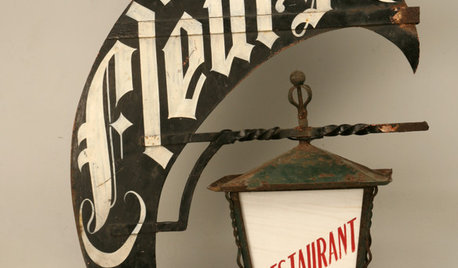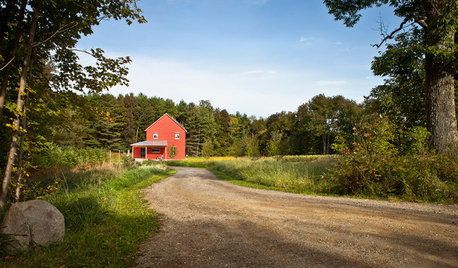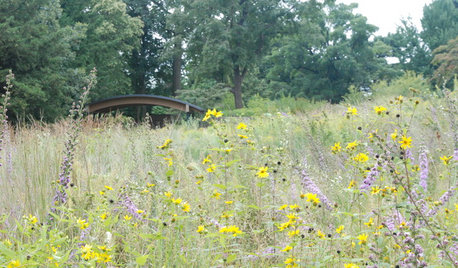I found this section of an article that I pasted below on a web site that speaks of many things felt by an Italian elderly man of things of the past in Italy -- The part I pasted here deals with his description of different type figs. I'll add the web sit address below for people that want to read the whole article. Here it a small portion of the section dealing with FIG types.
. A small boy, whom I watched gathering figs last year, informed me that the fig-tree was innamorato delle pietre e cisterneenamoured of stones and cisterns; meaning, that its roots are searchingly destructive to masonry and display a fabulous intuition for the proximity of water. He also told me, what was news to me, that there are more than two or three varieties of figs. Will you have his list of them? Here it is:
There is the fico arnese, the smallest of all, and the fico santillo, both of which are best when dried; the fico vollombola, which is never dried, because it only makes the spring fruit; the fico molegnano, which ripens as late as the end of October and must be eaten fresh; the fico coretorto (" wry-heart "Âfrom its shape), which has the most leathery skin of all and is often destroyed by grubs after rain; the fico troiano; the fico arzano; and the fico vescovo, which appears when all the others are over, and is eaten in February (this may be the kind referred to in StamerÂs "Dolce Napoli" as deriving from Sorrento, where the first tree of its kind was discovered growing out of the garden wall of the bishopÂs palace, whence the name). All these are neriÂblack.
Now for the white kinds. The fico paradiso has a tender skin, but is easily spoilt by rain and requires a ridiculous amount of sun to dry it; ihe fico vottato is also better fresh; the fico pezzottolo is often attacked by grubs, but grows to a large size every two or three years; the fico pascarello is good up till Christmas; the fico natalino; lastly, the fico -----, whose name I will not record, though it would be an admirable illustration of that same anthropomorphic turn of mind. The santillo and arnese, he added, are the varieties which are cut into two and laid lengthwise upon each other and so dried (Query: Is not this the "duplex ficus" of Horace?).
"Of course there are other kinds," he said, "but I donÂt remember them just now." When I asked whether he could tell these different fig-trees apart by the leaves and stems alone and without the fruit, he said that each kind, even in winter, retained its peculiar "faccia" (face), but that some varieties are more easy to distinguish than others. I enquired into the mysteries of caprification, and learned that artificial ripening by means of a drop of oil is practised with some of them, chiefly the santillo, vollombola, pascarello and natalino. Then he gave me an account of the prices for the different qualities and seasons which would have astonished a grocer.
All of which proves how easy it is to misjudge of folks who, although they do not know that Paris is the capital of France, yet possess a training adapted to their present needs. They are specialists for things of the grain-giving earth; it is a pleasure to watch them grafting vines and olives and lemons with the precision of a trained horticulturist. They talk of "governing" (governare) their soil; it is the word they use in respect to a child.
Now figs are neither white nor black, but such is the terminology. Stones are white or black; prepared olives are white or black; wine is white or black. Are they become colour-blind because impregnated, from earliest infancy, with a perennial blaze of rainbow hues colour-blinded, in fact; or from negligence, attention to this matter not bringing with it any material advantage? Excepting that sign-language which is profoundly interesting from an artistic and ethnological point of viewÂwhy does not some scholar bring old lorioÂs "Mimica degli Antichi" up to date?Âfew things are more worthy of investigation than the colour-sense of these people. Of blue they have not the faintest conception, probably because there are so few blue solids in nature; Max Mueller holds the idea of blue to be quite a modern acquisition on the part of the human race. So a cloudless sky is declared to be "quite white." I once asked a lad as to the colour of the sea which, at the moment, was of the most brilliant sapphire hue. He pondered awhile and then said:
"Pare come fosse un colore morto" (a sort of dead colour).
Here is the site address:
www.authorama.com/old-calabria-8.html
Lou NE., PA













sergnic
pezzuti9Original Author
Related Discussions
Looking for a good web site to buy house plants from
Q
an interesting web site
Q
New EPA web site announced
Q
Some helpful web sites
Q